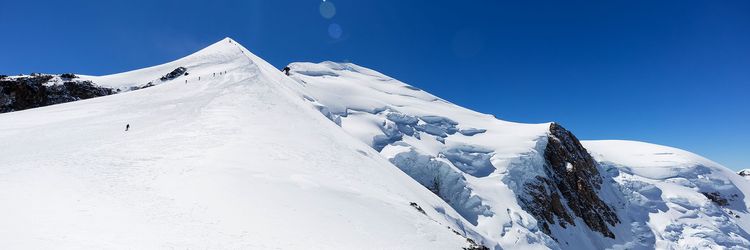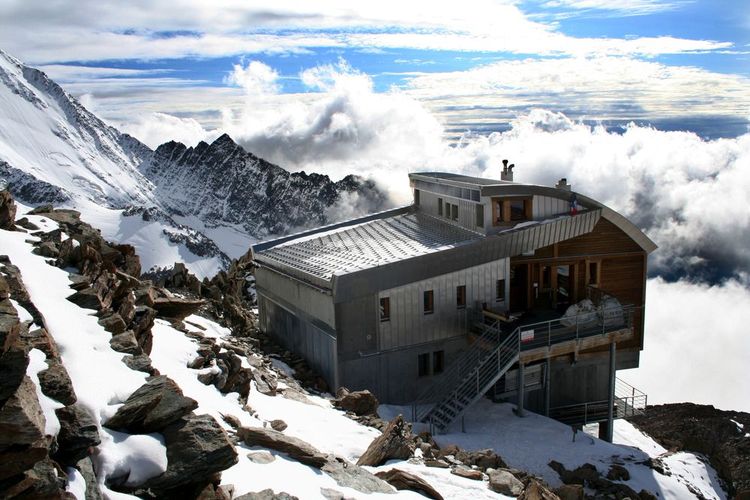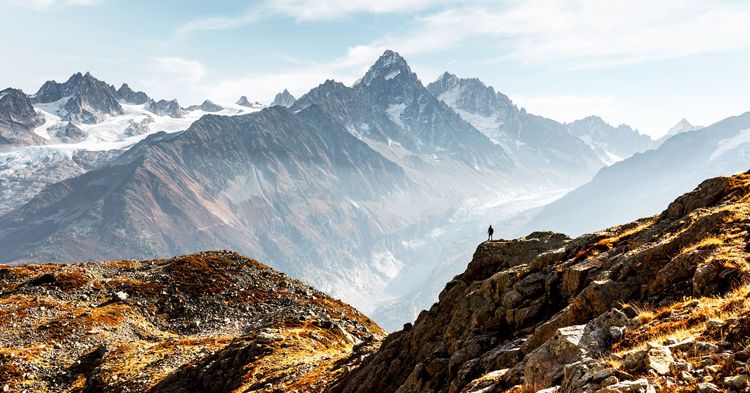The Tête Rousse refuge is at an altitude of 3,167 metres. If its location seems out of reach, don't panic, the Mont Blanc tramway will be a great help at the start.
So, once you've packed your hiking bag and taken care not to forget anything, your adventure can begin. Go to the Mont-Blanc tramway station. To get there, take the P52 from Chamonix.
The tram takes around forty minutes. By car, the journey is much shorter (around twenty minutes).












